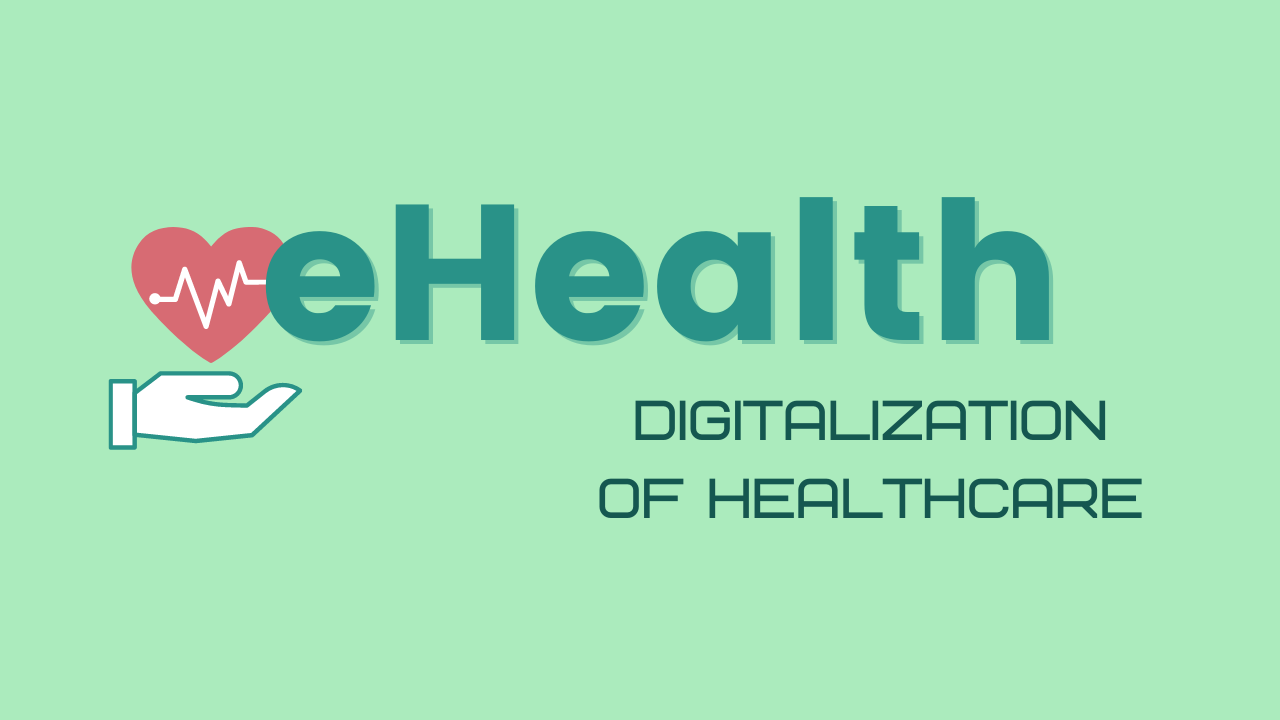eHealth
eHealth
Blog Article
eHealth
Overview
eHealth, often known as electronic overall health or healthcare technological know-how, refers to the usage of electronic conversation and knowledge technological innovation in the healthcare industry. It encompasses a wide array of systems and applications targeted at enhancing the effectiveness, success, and high quality of Health care supply.
Objectives of eHealth
The principle targets of eHealth may be summarized as follows:
Enhanced Usage of Health care: By leveraging digital technologies for instance telemedicine and distant affected person monitoring, eHealth aims to enhance use of Health care providers for people residing in distant areas or with restricted mobility.
Improved Excellent of Treatment: Through equipment like electronic wellbeing records (EHRs) and clinical conclusion assist techniques (CDSS), eHealth seeks to reinforce the standard of treatment by facilitating accurate and timely info exchange amongst healthcare pros.
Affected individual Empowerment: By offering sufferers with entry to their health care data, personalised wellbeing applications, and on the net academic assets, eHealth empowers men and women to get an Energetic role in controlling their very own well being.
Cost Performance: Making use of digital platforms will help decrease administrative expenses related to paper-based units though enabling successful coordination amongst distinct stakeholders within the Health care ecosystem.
Critical Applications of eHealth
Numerous critical programs add to obtaining the goals outlined over:
Digital Overall health Information (EHRs):
EHRs are digital variations of individuals' medical data that may be easily accessed by approved healthcare companies involved in a affected individual's care. They provide a comprehensive see of the client's healthcare record, lab benefits, medicines prescribed, allergy symptoms, together with other relevant medical information.
Telemedicine:
Telemedicine involves delivering Health care remotely via online video conferencing or phone phone calls. It permits Medical doctors to refer to with individuals who cannot bodily go to hospitals or clinics resulting from geographical constraints or mobility concerns.
Cell Wellness (mHealth) Apps:
mHealth apps are smartphone purposes that offer many Health care services, including monitoring vital indications, reminding clients to take prescription drugs, furnishing access to wellness education and learning products, and facilitating communication with healthcare providers.
Remote Affected person Monitoring (RPM):
RPM makes it possible for Health care industry experts to observe a affected individual's vital signs along with other well being parameters remotely making use of wearable ehealth ns units or sensors. This permits early detection of health problems and timely interventions.
Well being Details Exchange (HIE):
HIE entails the secure sharing of patient data throughout distinctive Health care businesses, making certain seamless coordination and continuity of care between providers in various options.
Medical Decision Support Units (CDSS):
CDSS leverage synthetic intelligence algorithms to research healthcare data and guide Health care pros in producing proof-dependent choices concerning analysis, cure strategies, drug interactions, and even more.
Health Wearables:
These are definitely wearable products like Physical fitness trackers or smartwatches that may obtain physiological information on somebody's exercising routines, coronary heart price styles, rest good quality, and much more.
Great things about eHealth
The adoption of eHealth gives quite a few Positive aspects for each persons and the overall healthcare process:
Improved Performance: eHealth streamlines administrative duties by lessening paperwork and enabling the electronic Trade of data amongst stakeholders linked to affected individual care.
Enhanced Conversation: Digital wellbeing resources aid efficient conversation concerning individuals as well as their Health care providers even though also advertising collaboration among the diverse experts associated with a client's treatment strategy.
Use of Specialised Treatment: Telemedicine allows individuals residing in remote areas or underserved communities to refer to with professional Health professionals who is probably not bodily present nearby.
Timely Interventions: By means of remote monitoring programs or mobile apps that deliver alerts or reminders for medication adherence or adhere to-up appointments, eHealth allows prevent problems by facilitating early interventions.
Improved Affected person Outcomes: By offering practical use of clinical facts on the net along with personalized wellbeing steering, eHealth empowers clients to actively interact in their unique healthcare and control Continual situations efficiently.
Problems and Fears
Whilst the implementation of eHealth comes with several Positive aspects, Furthermore, it presents challenges and concerns that must be tackled:
Privacy and Stability: Shielding individual info from unauthorized entry is a major problem within the electronic wellbeing landscape. Strong safety steps, compliant with suitable privacy polices, have to be implemented to be certain info confidentiality.
Interoperability: Different Health care systems and applications might not often seamlessly communicate with one another as a result of not enough interoperability specifications. Making sure productive Trade of knowledge throughout platforms is essential for detailed affected person care.
Electronic Divide: Not Absolutely everyone has equal use of digital systems or possesses the mandatory digital literacy techniques required for employing eHealth tools efficiently. Bridging the electronic divide becomes necessary to be certain equitable entry to Health care providers.
Regulatory Compliance: The dynamic mother nature of technologies generally surpasses existing regulatory frameworks. To completely leverage the advantages of eHealth even though safeguarding affected individual legal rights, regulations need to have to help keep rate with technological advancements with out stifling innovation.
Conclusion
eHealth plays a pivotal job in modernizing healthcare shipping by harnessing technology for improved accessibility, excellent of treatment, patient empowerment, and cost efficiency. The widespread adoption of electronic communication tools, telemedicine solutions, mobile wellness apps, remote monitoring systems, and other modern solutions contributes towards a more connected and patient-centered approach to Health care provision. However, addressing challenges associated with privacy protection, interoperability specifications compliance bridging inequality gaps in World wide web accessibility are important actions towards acquiring the complete likely of eHealth.
